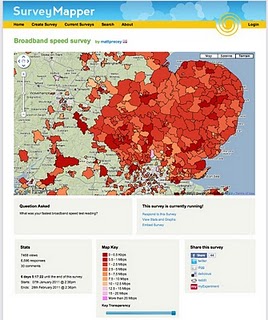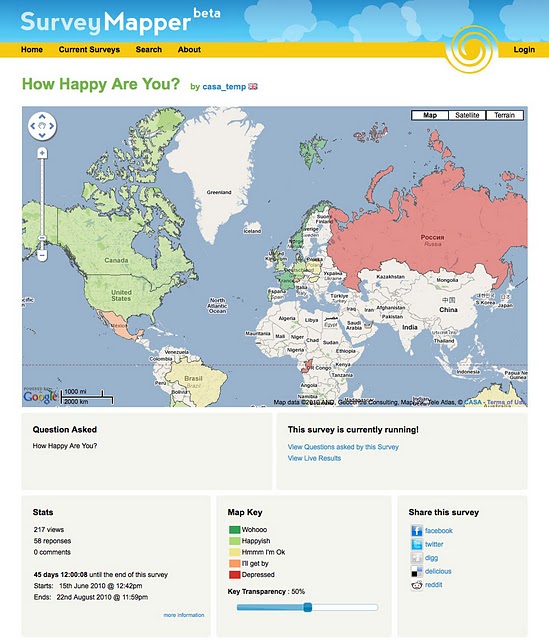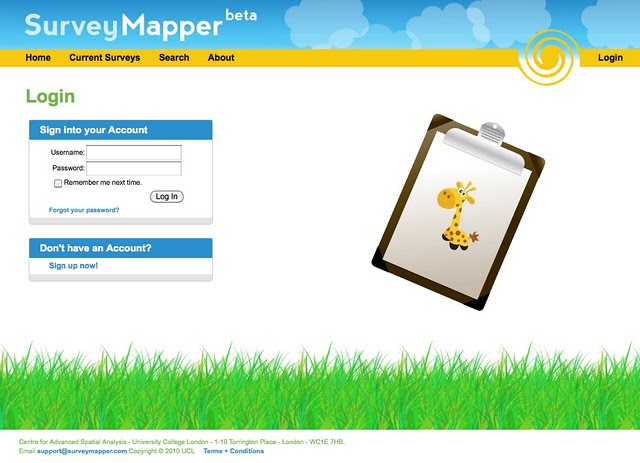Over the past few years one of the PhD students I supervise here in CASA has been working on the way cities ‘tick’. Fabian Neuhaus is examining the temporal aspects of global cities and the results are interesting.
One recent piece of work that caught our eye was Fabians classification sample of nine cities ordered from evening to morning based on twitter activity. Some cities seem to be more active in the morning and other in the evening. Dubai and Istanbul for example are clearly more active in the late hours, where on the other end Cairo and Bogota are early birds and tweet a lot more in the morning. The US cities Boston and Atlanta have both a peak in the morning and in the evening.
We liked the way Mexico’s twitter activity is bean shaped:
Twitter City Classification: The Mexican Bean Effect
Image by urbanTick for NCL / timeRose diagram of 24 hours – showing twitter activity in percentage of total tweets by hour of the day. Covers the cities Cairo, Bogota, Mexico City, Manila, Atlanta ,Boston Los Angeles, Istanbul, Dubai.
Similarly there are preferences regarding the weekdays, not all areas tweet the same day. The early week days, Monday and Tuesday are generally less active than the rest of the week. Manila clearly prefers the weekend, where Cairo, Istanbul and Mexico City prefer the end of the week, Thursday and Friday. Dubai and especially Bogota have the least differences between the weekdays with very similar numbers of tweets through out the week.




